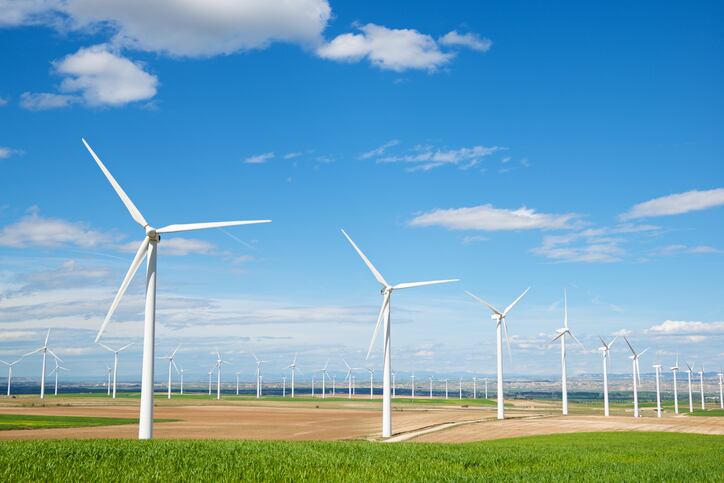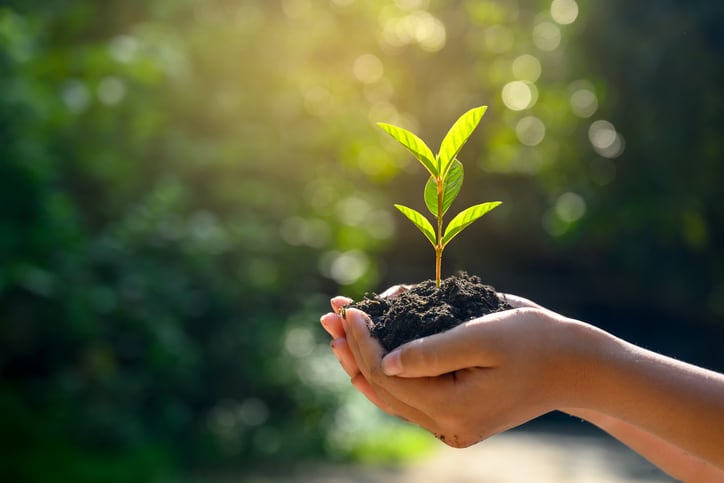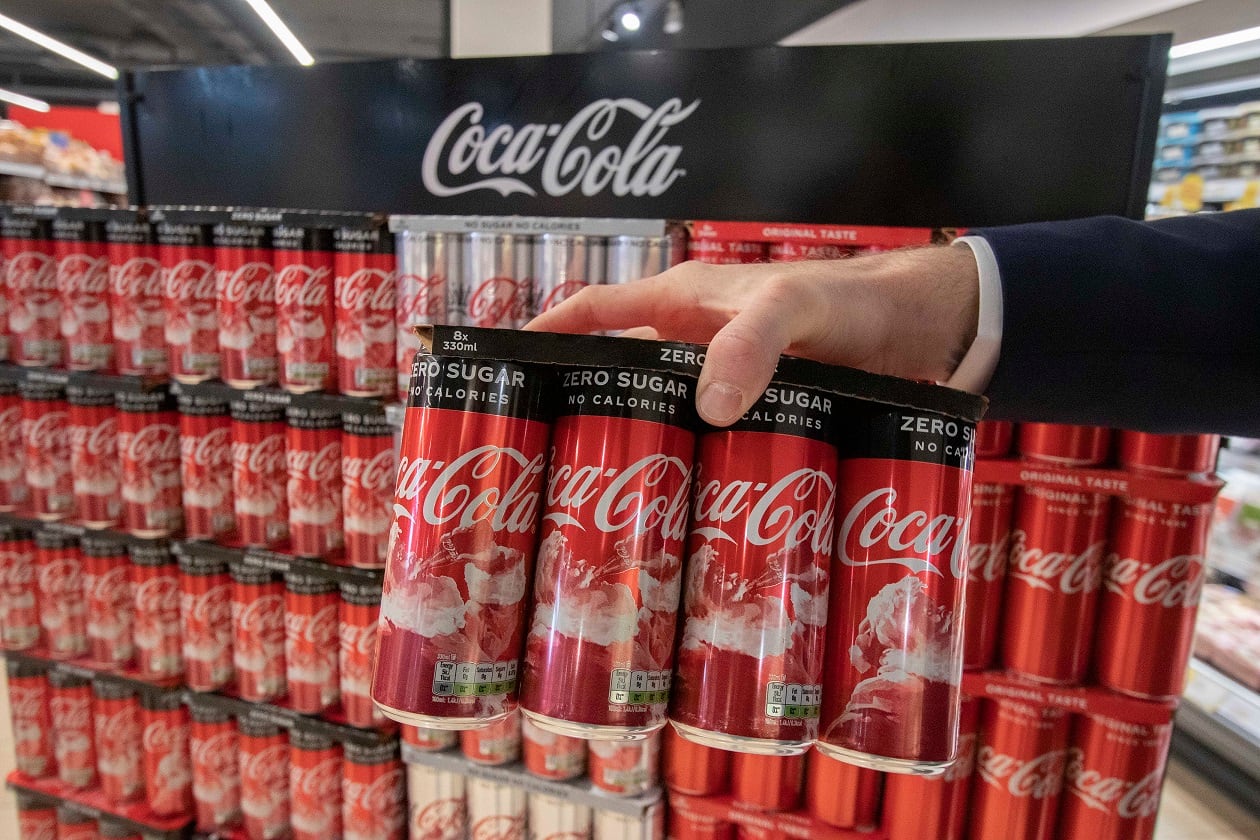PepsiCo plans to reduce GHG emissions across its direct operations by 75% compared to a 2015 baseline; and by 40% across the indirect value chain. This is predicted to reduce GHG emissions by 26 million metric tons – the equivalent of taking around five million cars off the road for a year.
The company has also pledged to achieve net-zero emissions by 2040, a decade earlier than called for in the Paris Agreement.
PepsiCo says its sustainability strategy focuses on the areas where it can have the most impact, as well as looking at creating scalable models and partnerships for accelerated progress across the full value chain.
The action plan is centered around both mitigation, reducing GHG emissions to decarbonize its operations and supply chain, and resilience, reducing vulnerabilities to the impacts of climate change by continuing to incorporate climate risk into business continuity plans. Priority areas include agriculture, packaging, distribution and operations.
- Agriculture accounts for around a quarter of worldwide GHG emissions and a third of PepsiCo's emissions. PepsiCo will further scale sustainable agriculture and regenerative practices that help lead to emissions reduction and sequestration, as well as improved soil health and biodiversity, decreased deforestation, and increased productivity for farmers.
- PepsiCo will continue to reduce virgin plastic use and increase recycled content in its packaging: contributing to a reduction in GHG.
- The company wants to maximize efficiency in its supply chain, while also adopting zero- and near-zero-emission technologies. This means creating environmentally sustainable manufacturing, warehousing, transportation and distribution sites.
- PepsiCo is readdressing business produces to look at where it can reduce GHGs. This includes, for example, putting environmental impact decision making ‘at the heart’ of product design. Internal carbon pricing programs look at eliminating carbon impact of business air travel and third party logistics.
- In 2020, PepsiCo sourced 100% renewable electricity in the US and set a new target to source 100% renewable electricity across all company owned and controlled operations globally by 2030 and across its total franchise and third-party operations by 2040.
- It also plans to reach 100% renewable electricity in Mexico and Australia in 2021, which will bring the total number of countries fully sourcing renewable energy in PepsiCo's direct operations to 15 and address approximately 60% of its direct global electricity needs through renewable sources.
- In Europe, PepsiCo's operations in 12 countries also source 100% renewable electricity.
PepsiCo – whose brands range from Pepsi, Tropicana and Gatorade to Quaker and Lay’s - has operations in more than 200 countries and territories around the world and around 260,000 employees.
The company's emissions target aligns to the Business Ambition for 1.5°C pledge and has been approved by the Science Based Targets initiative.
PepsiCo was recently named to CDP's Climate A List and is also engaged in partnerships and coalitions aimed at driving action on climate change, including the One Trillion Trees initiative, The Climate Group's RE100, Renewable Energy Buyers Alliance, We Are Still In and the U.S. Climate Leadership Council.




